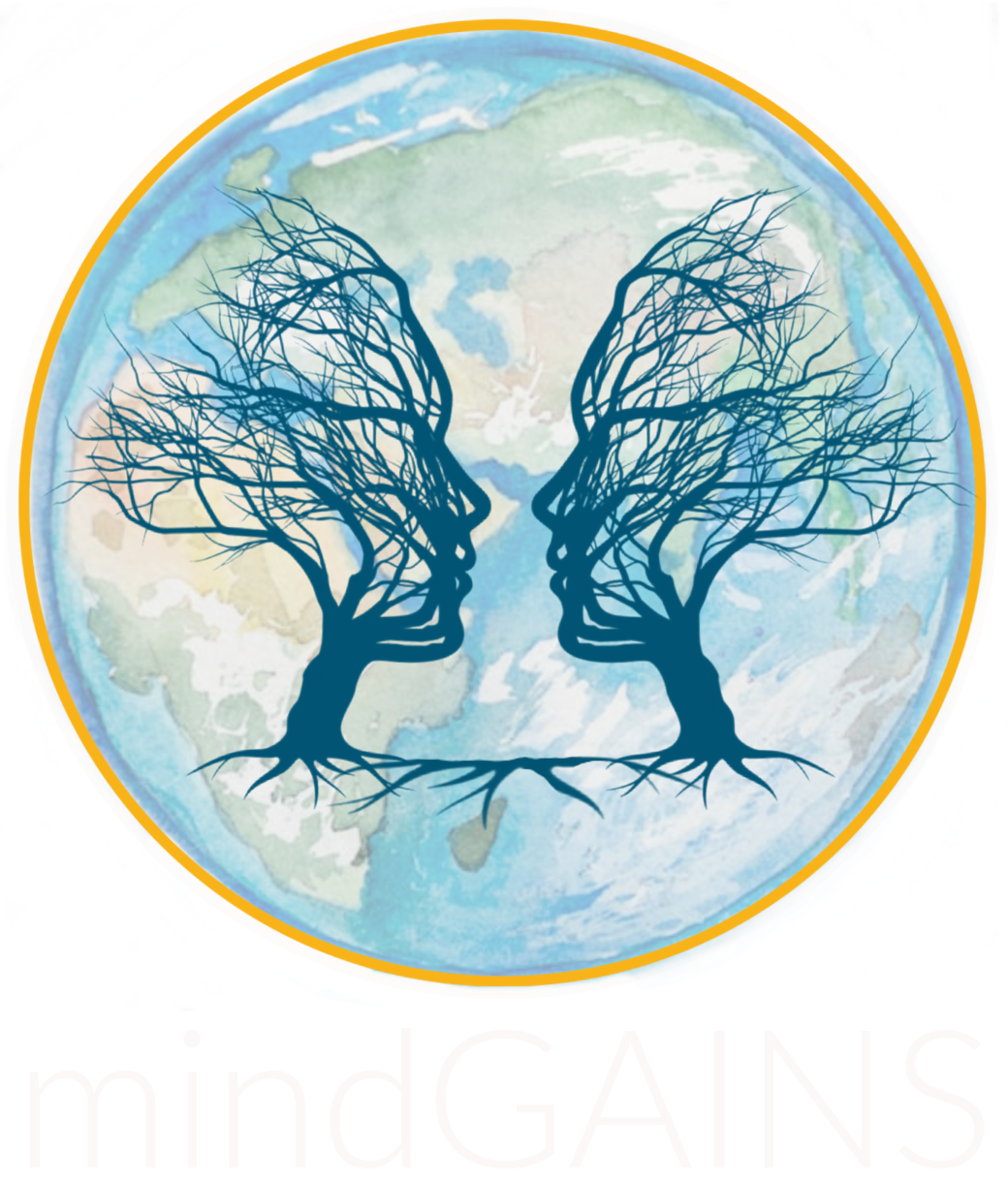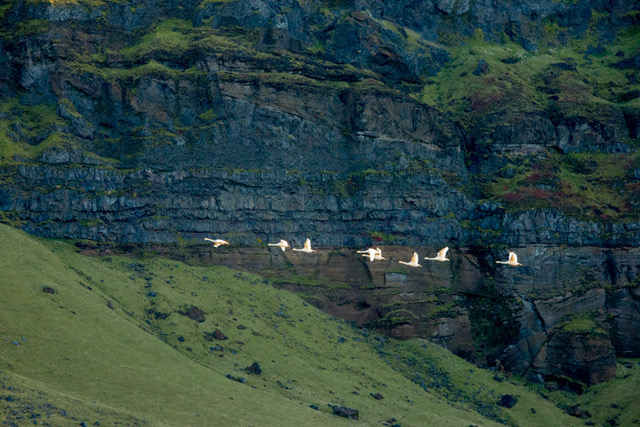Brian Swimme, evolutionary cosmologist Professor at California Institute of Integral Studies, San Francisco, California
These words from Brian Swimme may help us find a place to stand as we contemplate ways we can lean into preserving our planet and her beings, respecting and holding dear all who have been marginalized down through the generations, and supporting a global culture that tends toward sustainability rather than being in a linear trajectory of unchecked growth.
Our challenges seem to stem from our alienation from the interconnectedness of things. I can say words about how we are interdependent, even have elegant scientific proofs of how my presence on this planet affects others. However, if I don’t have a felt sense of that web, I am not very likely to take sustained action in support of this vision.
Why is that? Iain McGilchrist, author of The Master and His Emissary and the soon-to-be- released The Matter with Things, can help us understand. He would say that each hemisphere of the brain sees the world differently, and this perceptual lens generates a set of values. When we get locked into our left hemispheres, we are tragically cut off from any felt sense of our relatedness with the world around us – other people, animals, the planet herself. Everything is experienced as an object. The question that arises quietly inside us is “What use is this to me?” It isn’t an issue of character, but of how that hemisphere works.
When we gaze at the world and its inhabitants through our right hemisphere lens, it’s all about relationship, about how we belong and how we find meaning through belonging. A tenderness toward “All My Relations,” as my Indigenous friends would say, blossoms in us. This shapes our perceptions, feelings, and actions in the direction of respect, care, preservation, and restoration. Those words feel very warm and nourishing as I write them.
Research suggests that in the developed world about 75% of us are left-locked a good deal of the time. This means that we are cut off from the experience of what Brian Swimme offers us in that beautiful sentence. He seems to be suggesting that there is an aliveness in everything that is inherent simply because hydrogen finds its way to become the flower in our hand, our hand itself, and the witnessing consciousness that appreciates the beauty in both of them. Everything comes from a common ground of aliveness. If we are able to settle into this awareness, when we raise our eyes from the flower and look out on each other, the animals, the rocks, the ocean, we may well find ourselves engaging with all of these just a little differently than ever before.
That is the question before us: How do we open ourselves to the experience of right- hemisphere seeing? The answer is complicated since those of us who are of white European heritage began our journey to the left about 10,000 years ago.

